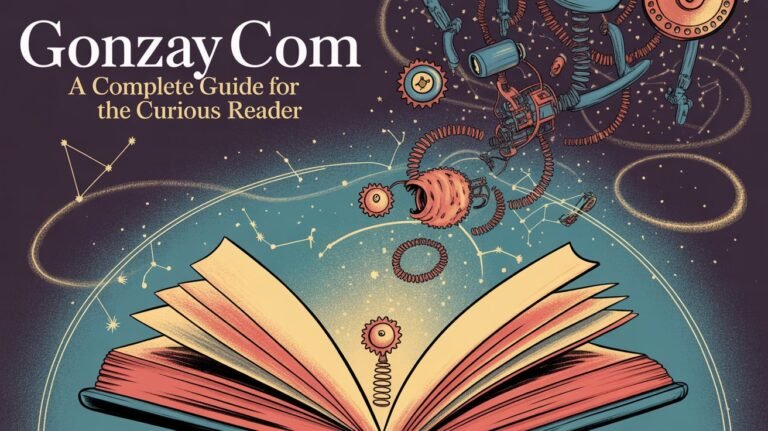
The fx market, short for the foreign exchange market, is the largest and most liquid financial market in the world. With a daily trading volume exceeding $7.5 trillion as of 2025, it dwarfs the combined size of global stock markets. Despite its scale, the fx market remains both a mystery and a magnet for traders, investors, financial institutions, and even governments.
This article explores the inner workings of the fx market, its key participants, trading mechanics, benefits, risks, and how modern technology is shaping its future. Whether you’re an aspiring trader or simply curious about how global currencies are bought and sold, this comprehensive guide offers clarity in an otherwise complex financial landscape.
What is the fx market?
The fx market is a decentralized global marketplace where currencies are exchanged. It facilitates international trade, investment, travel, and finance. Unlike stock markets, which are centralized on exchanges, the fx market operates over-the-counter (OTC), meaning that trades occur electronically between parties across the globe.
The market is open 24 hours a day, five days a week, following a trading cycle that begins in Sydney, moves to Tokyo, then London, and ends in New York before repeating.
Why the fx market Matters
Currency values affect virtually every sector of the global economy. From the cost of importing goods to the return on foreign investments, fluctuations in exchange rates play a pivotal role. The fx market ensures that currencies can be traded freely and efficiently, which is vital for:
- International trade: Exporters and importers rely on currency exchange to settle transactions.
- Travel and tourism: Tourists need local currencies, and exchange rates affect their purchasing power.
- Central banks: National banks intervene in the fx market to control inflation, stabilize the economy, or adjust monetary policy.
- Investors and traders: The market offers immense opportunities for profit due to constant price movements.
Key Participants in the fx market
The diversity of participants in the fx market is what makes it so dynamic. Each player has different goals, which creates constant liquidity and volatility.
1. Central Banks
Central banks, like the Federal Reserve or European Central Bank, often buy or sell currencies to influence exchange rates. Their policies, including interest rate decisions and quantitative easing, significantly impact market behavior.
2. Commercial Banks
Large banks facilitate transactions for clients and often engage in speculative trading. They are the primary liquidity providers in the market.
3. Corporations
Multinational companies engage in foreign exchange to pay for goods and services across borders or hedge against currency risk.
4. Hedge Funds and Investment Managers
These institutions engage in high-volume trading strategies, sometimes leveraging billions of dollars, aiming for profit through speculation.
5. Retail Traders
Thanks to online trading platforms, individual traders now have access to the fx market from anywhere. Retail trading accounts for a growing share of the daily volume.
Currency Pairs and Their Role
Currencies are traded in pairs, such as EUR/USD or USD/JPY. Each pair consists of a base currency and a quote currency. The pair’s price reflects how much of the quote currency is needed to buy one unit of the base currency.
Currency pairs are categorized into:
- Major Pairs: Includes the most traded currencies (e.g., EUR/USD, GBP/USD).
- Minor Pairs: Pairs that don’t involve USD but include major currencies (e.g., EUR/GBP).
- Exotic Pairs: Include one major currency and one from a developing economy (e.g., USD/TRY).
The most liquid pairs tend to have tighter spreads and lower volatility, while exotic pairs are riskier and offer larger potential rewards.
How Trading Works in the fx market
Unlike stock trading, which often involves buying shares with the hope of long-term appreciation, fx market trading is about capturing movements in currency prices. Here’s how it typically works:
1. Buying and Selling
If a trader believes the euro will appreciate against the U.S. dollar, they might buy EUR/USD. If the price rises, they sell to make a profit.
2. Leverage
One of the unique features of forex trading is leverage. Traders can control large positions with a relatively small investment. For example, 1:100 leverage allows a trader to control $100,000 with just $1,000. However, leverage magnifies both profits and losses.
3. Trading Strategies
- Scalping: Involves making many quick trades for small profits.
- Day Trading: Positions are opened and closed within a single day.
- Swing Trading: Trades held for several days to capture medium-term trends.
- Position Trading: Long-term trades based on fundamental analysis.
Advantages of the fx market
The global popularity of the fx market can be attributed to several key benefits:
1. High Liquidity
With such high daily volume, trades are executed almost instantly, minimizing slippage and offering more price stability.
2. Accessibility
Thanks to online brokers, virtually anyone with an internet connection and a modest investment can participate in forex trading.
3. Diverse Opportunities
Traders can profit in both rising and falling markets. Unlike stocks, there’s no “short-selling restriction” in forex.
4. 24-Hour Market
This allows for flexibility in trading hours, accommodating traders in every time zone.
Risks and Challenges in the fx market
Despite its many benefits, trading in the fx market comes with significant risks:
1. Volatility
Currency prices can change rapidly due to economic news, central bank announcements, or geopolitical events.
2. Leverage Risk
While leverage increases potential returns, it also increases the risk of large losses, especially for inexperienced traders.
3. Market Manipulation
Though rare, some large institutions have been known to manipulate currency prices, leading to unfair market conditions.
The Future of the fx market
Looking ahead, the fx market is poised for further growth and innovation. Increased regulation will likely enhance transparency, while AI and quantum computing will offer faster and more accurate trading decisions. Additionally, economic power shifts—such as the rise of BRICS nations and digital currencies—could reshape global currency dominance.
Traders who continue to educate themselves, adapt to new tools, and follow macroeconomic trends will be better equipped to thrive in the evolving fx landscape.
Conclusion
The fx market is not just a trading platform; it’s the lifeblood of international commerce and finance. From billion-dollar institutional trades to individual investors exploring the market from their phones, forex plays a vital role in the global economy.
While full of opportunity, it also demands discipline, knowledge, and a willingness to adapt. As technology and global events continue to reshape the financial world, those who understand the mechanisms of the fx market will be best positioned to capitalize on its limitless potential.


